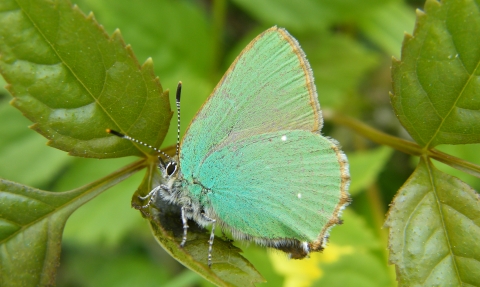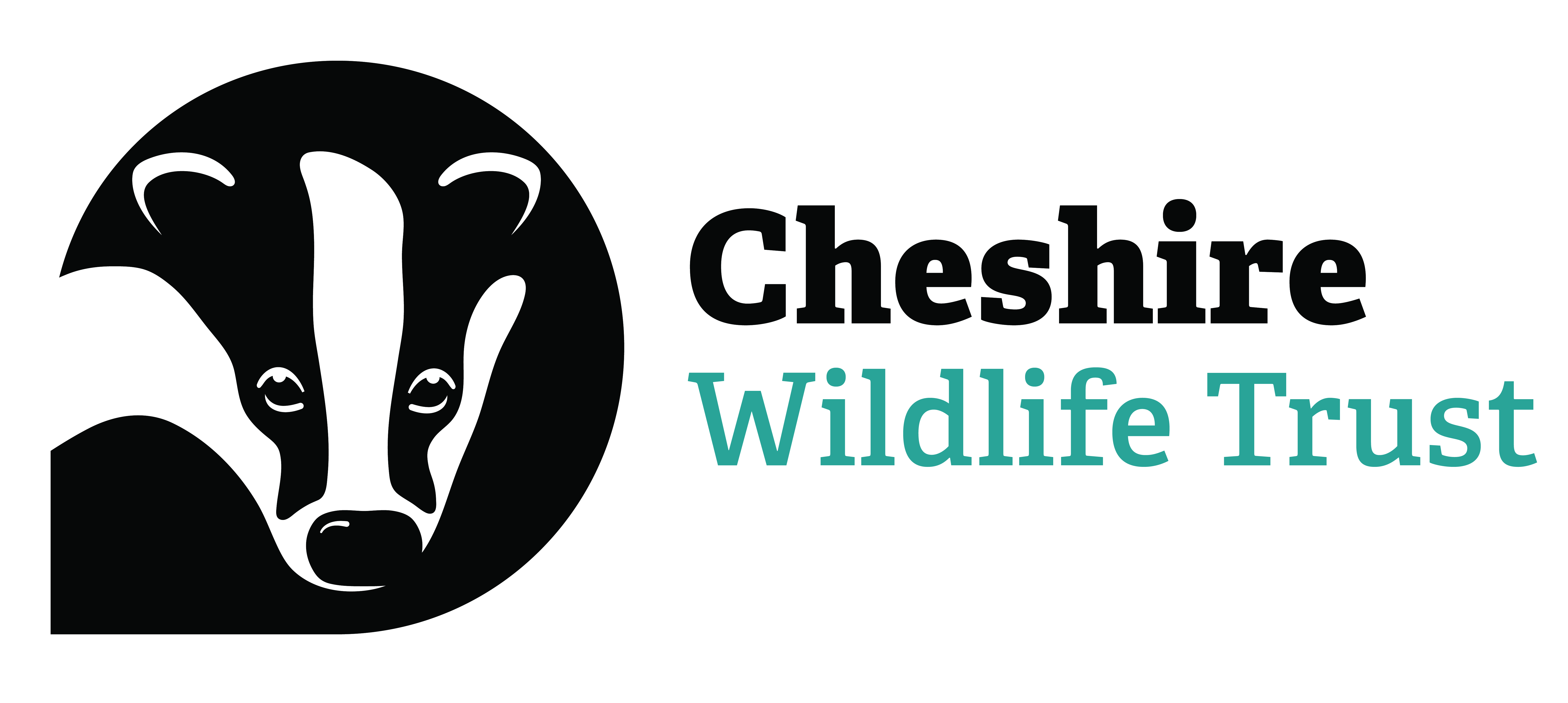
Meres and Mosses c. Paul Thrush
Meres and mosses
Our award winning Lost Mosses
Over the last four years our awarding winning Delamere Lost Mosses project has created new spaces for nature restoring 120 hectare of meres and mosses in Delamere in partnership with the Forestry Commission.
Formed by glaciers retreating after the last ice age, the meres and mosses are a chain of bogs, marsh and fen wetlands of international importance, spilling out from Cheshire into Shropshire, Staffordshire and parts of north Wales. While only a fragment of their former size, they are still home to many plants and insects that are rarely found elsewhere.
Much of Cheshire’s most important wildlife is associated with its meres and mosses. Places, like our nature reserves at Delemere and Bagmere are home to hundreds of invertebrates including: large heath butterflies, white-faced darter dragonflies, bog bush-crickets and raft spiders.
In spring, calls of breeding teal, mallard, curlew, skylark and meadow pipit fill the air, and yellow four-spotted chasers dart. In summer sunshine, acrobatic hobbies catch our myriad dragonflies, and ‘churring’ nightjar hoover up dusk’s clouds of moths. Listen for the plop of water voles - don’t tread on basking adders!
Our wild places
Our wildlife
Peatlands of Cheshire East
Our news

Beaver babies in Cheshire for the first time in over 400 years!
Cheshire Wildlife Trust are delighted to announce that a new young beaver has been spotted at Hatchmere Nature Reserve in Delamere. This…

National action on peatlands urgently needed to tackle climate change
Two-year delay to England peat strategy as damage continues to vital carbon stores

Water quality improvements underway at Hatch Mere
Cheshire Wildlife Trust is working to improve the water quality of Hatch Mere lake.



